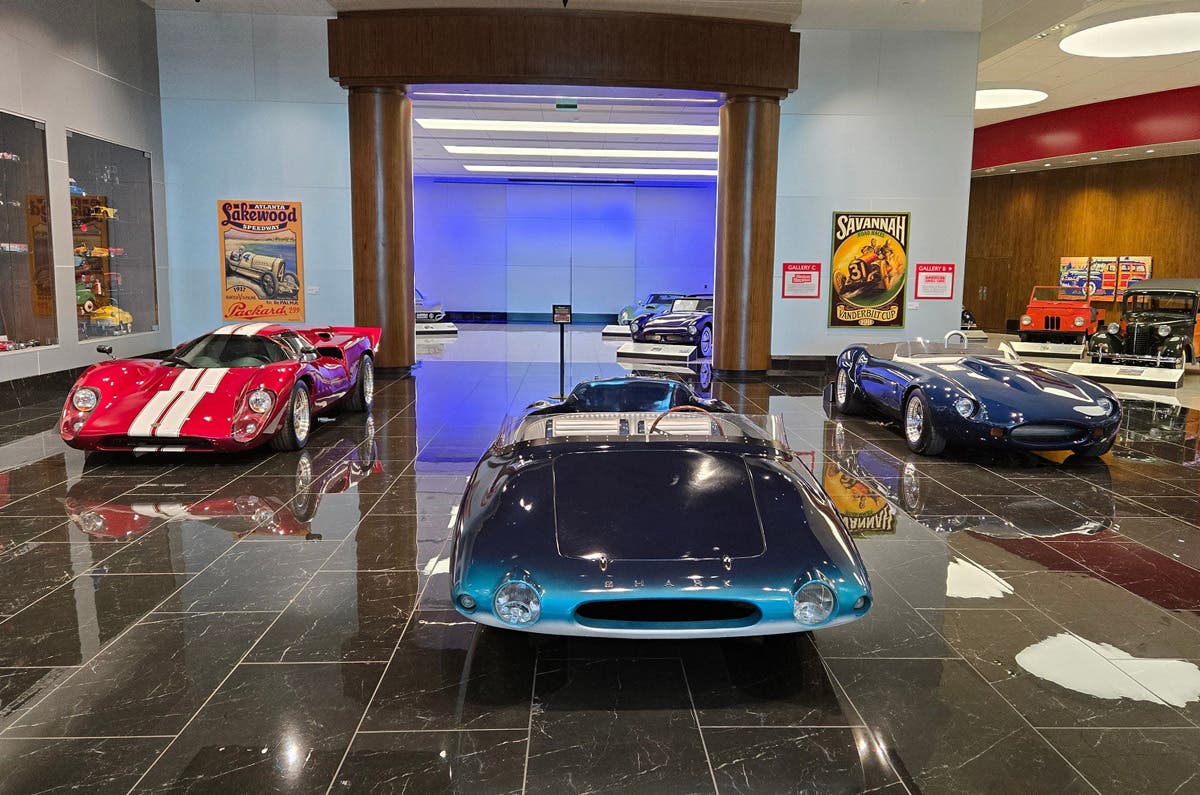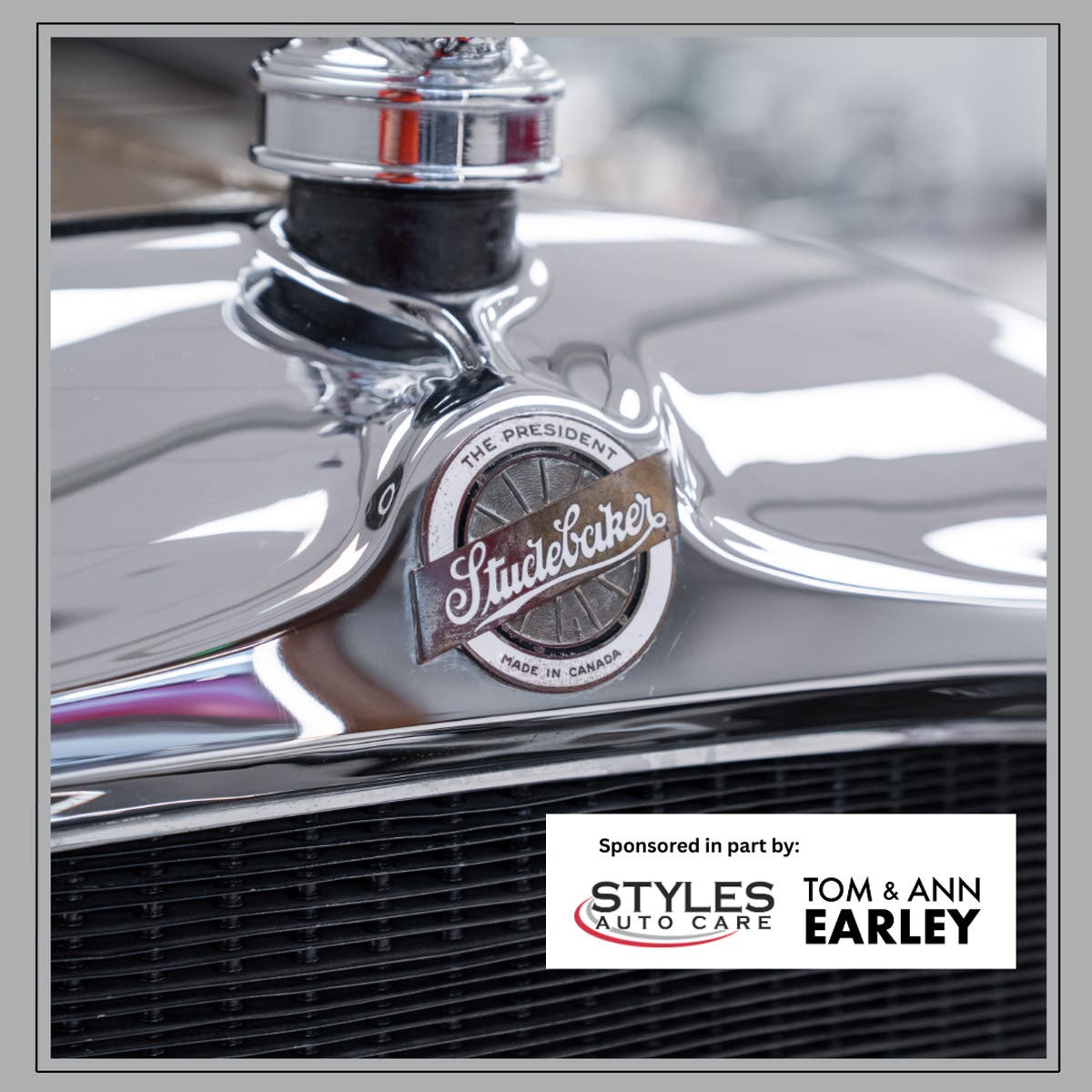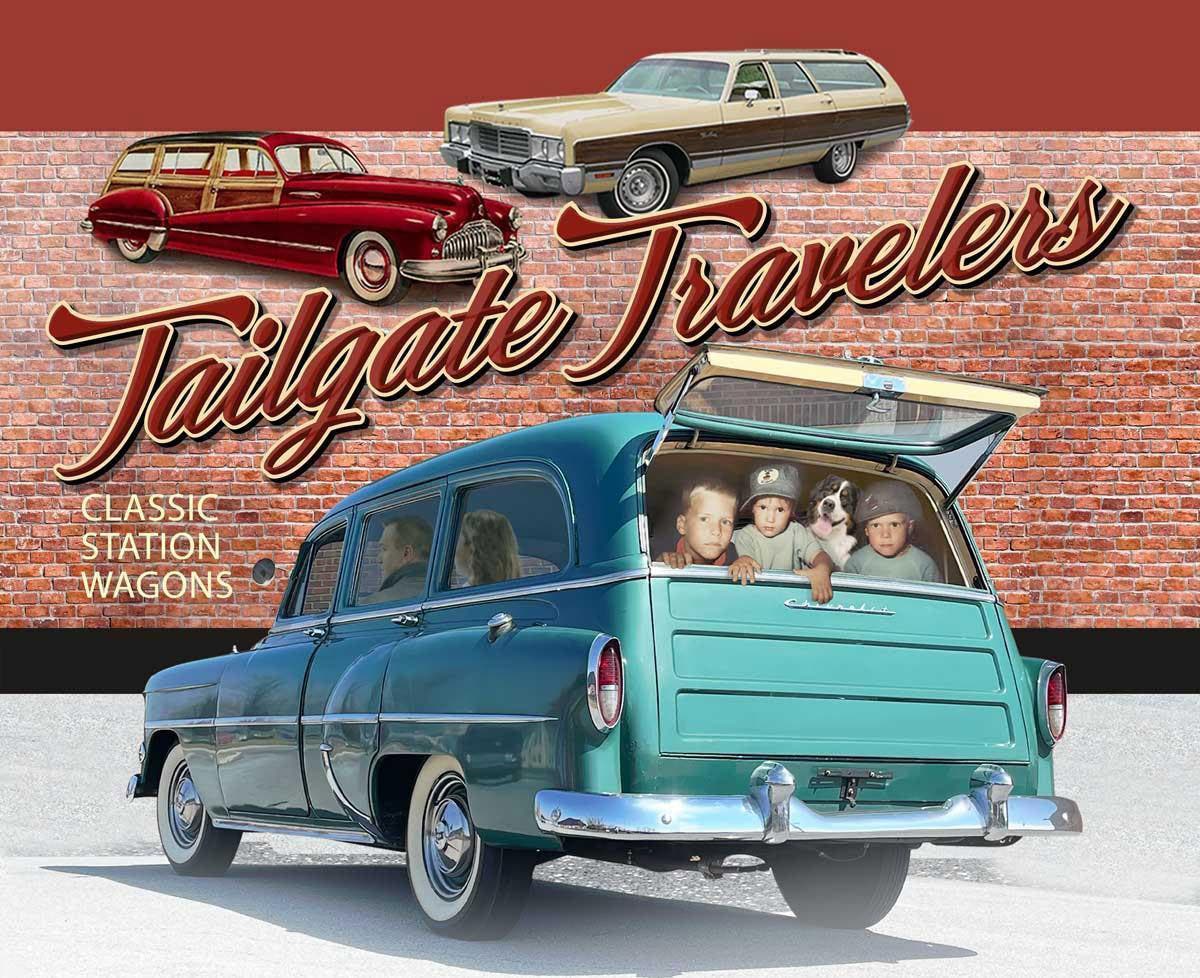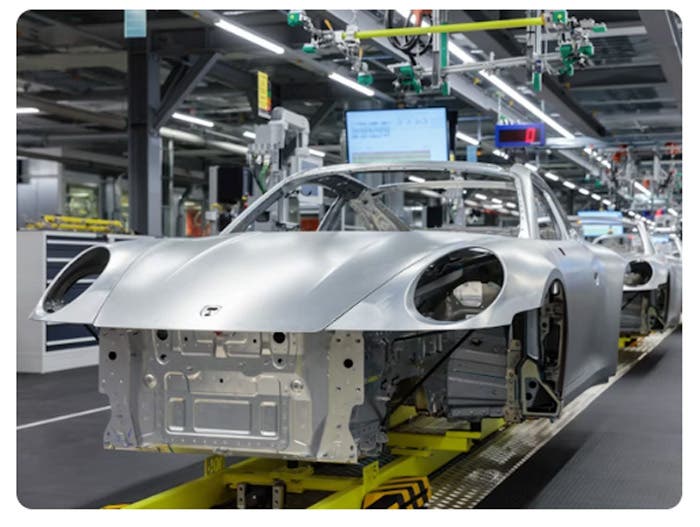Dodge Staged Brief Roadster Comeback in 1949
Editor Input Needed
A Dodge Wayfarer roadster has never been on my short list of cars I'd like to own someday, but it is on my long list. So when one showed up on the auction bill for Gene Hemmer's antique car collection in South Dakota recently, I started making plans to go. I offered to cover the auction for Old Cars Weekly, but Ron Kowalke said, "Nope, I'm going to do that one myself!" But I decided to go, anyhow.
Long story short, I didn't buy the 1949 Dodge Wayfarer roadster, but anticipating the sale and then being there and seeing the neat little pale-yellow ragtop triggered a lot of pleasant thoughts about what it might be like to own it, where I would go and what I would do with it. And then the fantasies. What if, in 1956, when I got my driver's license, a 1949 Dodge Wayfarer roadster had shown up on the used car lot instead of the 1947 Dodge four-door I bought for $100? I'm sure I would have saved up money from my job setting pins at the bowling alley to outfit it with the whitewalls, full wheel covers and fender skirts, like Gene's has.
This beautiful 1949 Dodge Wayfarer roadster was offered for sale recently at an auction in South Dakota. Although I've always wanted to own one of these little Dodges, I couldn't afford this one.
The Wayfarer roadster is a rare car to begin with; only 9,325 were built in the three years they were offered, 1949, '50 and '51. Making Hemmer's even rarer is the fact that it does not have roll-up side windows. I had never seen one without roll-up windows before, so I didn't know what the demountable windows should look like. I was expecting them to be made of the same flexible plastic material used for convertible rear windows. These are stiff clear plastic, about 1/8-inch thick, framed in aluminum channel and include vent windows that open like normal wing windows. The entire assembly mounts into three holes in the door top ' at the front, rear and at the post between the wing and the side window ' and is quickly removed for open air cruising. Hemmer says these demountable windows are original, like the rest of the car, and they make the car quite air tight. Since purchasing the low-mileage Dodge in the late 1990s from the second owners, he only added a new top and the fender skirts.
He understands the origin of Dodge's roadster much the same as I do: It was built as one of three smaller models in a new Wayfarer series and designed to bring back the fun of a low-priced open car. But the motoring public had moved on since Ford last offered a roadster in 1937 (Dodge hadn't had one since 1931). An airy, three-passenger ragtop without roll-up windows was a little too Spartan for 1949 tastes. So soon Dodge was offering the Wayfarer with roll-up windows, which makes it a convertible to purists who consider roadsters as convertibles that do not have side windows!
The Wayfarer roadster is a three-passenger ragtop. It has a single bench seat, but there is also a narrow seat in the back for storing small items.
Hemmer quoted one source as saying 2,000 of the 5,420 open Wayfarers Dodge built in 1949 were roadsters, and the rest had roll-up windows. But he has also seen a recent article that stated Dodge offered the roll-up windows as a $15 option.
To further complicate the argument, I happened to get in touch with John Curry in West Virginia, who has a '49 Wayfarer ragtop, and his understanding was that Dodge built only 400 of the original roadsters and built the rest with roll-up windows. Either way, raising and lowering the top by hand gave the Wayfarer owner the true roadster feel. Building it without a hydraulic top mechanism helped keep the initial 1949 sale price at $1,745, second only to the $1,629 business coupe, and the curb weight at 3,145 (vs. 3,065 for the coupe). Both models had only a single bench seat. The roadster has a narrow bench in the back, which is fine for storing small items, but not large enough for any passengers except small children.
Early Wayfarer roadsters had removable plastic side windows instead of roll-up glass windows or traditional curtains. Later versions of the model featured conventional roll-up windows.
The Wayfarer line, which also included a six-passenger, two-door humpback sedan, was built on a 115-inch wheelbase, 8-1/2 inches shorter than the full-size Meadowbrook and Coronet models. Although there was no hot rod in the '49 Dodge line, with the shorter wheelbase and 200 pounds less weight and the same 230-cid, 103-hp straight-six engine as the rest of the line, the roadster was somewhat peppier. However, the standard Fluid Drive transmission effectively eliminated tire-burning take-offs! Trust me, I know!
Gene Hemmer said his Dodge roadster was bought new by a Kansas City couple, but soon after, the "mister" became incapacitated. Nevertheless, they kept the car, and she drove him around in it until 1975. Then it was sold to the next-door neighbors, an older couple who only drove it for parades and special occasions until Hemmer added it to his collection about 10 years ago.
Even though it's the same year and color of the car seen at the auction, this Wayfarer was spotted and photographed in Wisconsin some time ago. The absence of fender skirts gives the car a sporting appearance.
John Curry said he passed on the chance to buy his 1949 Wayfarer roadster for $350 in 1970, but when he found the same car again 25 years later, he jumped on it. For me, a 1949 Wayfarer roadster is still on a long list of like-to-have-someday.








